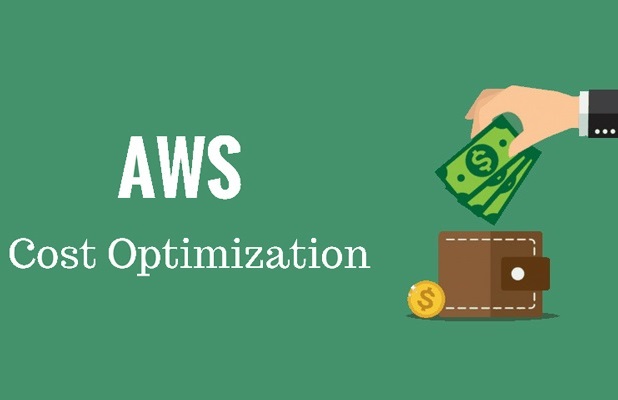Last updated on July 22nd, 2024 at 05:02 am
Amazon Web Services (AWS) is the most widely used cloud infrastructure platform that offers a wide range of services. However, if you don’t keep an eye on AWS costs it can turn out to be an expensive affair. In this article we will look at the most common reasons businesses overspend on AWS and some effective AWS cost optimization techniques. Here are the top AWS cost optimization best practices you can adopt for your organization.
Top AWS Cost Optimization Best Practices
The most common reason organizations overspend on AWS is due to unutilized resources. So we will look at different ways to identify such resources and use them more effectively. Here are some easy to implement AWS cost optimization best practices for organizations.
1. Use the right EC2 instance
The most common reason why businesses lose money on AWS is because they use an expensive EC2 instance for their workloads, which could have been done using lighter EC2 instances. For example, they use a large instance when a medium instance is enough to get the work done.
The key is to match your EC2 instance with your workload. If your EC2 instance’s peak CPU usage is less than 40% it might be a good idea to downgrade your instance a step. It is always good to periodically do load testing on your server for this purpose.
Bonus Read : Top 5 Log Management Tools
2. Schedule on/off times
Did you know you can schedule an EC2 instance to automatically start/shutdown?
There are so many cases such as development, staging, testing and QA where you don’t need to run an EC2 instance 24×7. In such cases, you can schedule it to automatically turn off in the evening and start again in the mornings.
You can save as much as 65% of running if you schedule such as EC2 instances to be on from 8.00 AM – 8.00 PM, Monday to Friday.
Bonus Read : How to Install memcached in Apache
3. Manage Reserved Instances Better
Reserved Instances are much cheaper than On-Demand Instances but you need to be careful with them. If you don’t fully utilize them you will be wasting money.
AWS prices keep falling every year. If you purchase the wrong type of reserved instance or get a standard reserved instance, it might happen that their prices have fallen over your reservation term by more than what they save in the first place.
So make sure that you utilize Reserved Instances fully.
Bonus Read : Top 5 Broken Link Checker Tools
4. Delete Unutilized resources
Delete unattached EBS volumes and old snapshots. When you terminate an EC2 instance, its EBS volume will not be deleted automatically unless you checked “Delete on Termination” while launching the instance. They will continue to remain unattached and add to your AWS bill.
Similarly, you can optimize AWS cost by deleting unnecessary snapshots of your EC2 instances. Usually, you only need the most recent snapshot of your instances. However, AWS bills you for all snapshots in your account. So it is a good idea to delete the older snapshots.
Also, release unutilized elastic IP addresses. Elastic IP addresses are public IP addresses that can be attached to instances to make them publicly accessible. Each unattached IP address costs $0.01 per hour. So if you have 5 unattached elastic IP addresses, you will incur an extra $36 (720 x 5 x 0.01) every month.
Bonus Read : Top 5 Server Monitoring Tools
5. Upgrade Instances
Every year AWS releases next generation EC2 instance that have superior technology and are cheaper than previous generation ones. So you can get more bang for your buck or get same performance at lower costs, if you upgrade your EC2 instance to the latest generation.
Hopefully, the above AWS cost optimization best practices will help lower your monthly bills.
Sreeram Sreenivasan is the Founder of Ubiq. He has helped many Fortune 500 companies in the areas of BI & software development.
